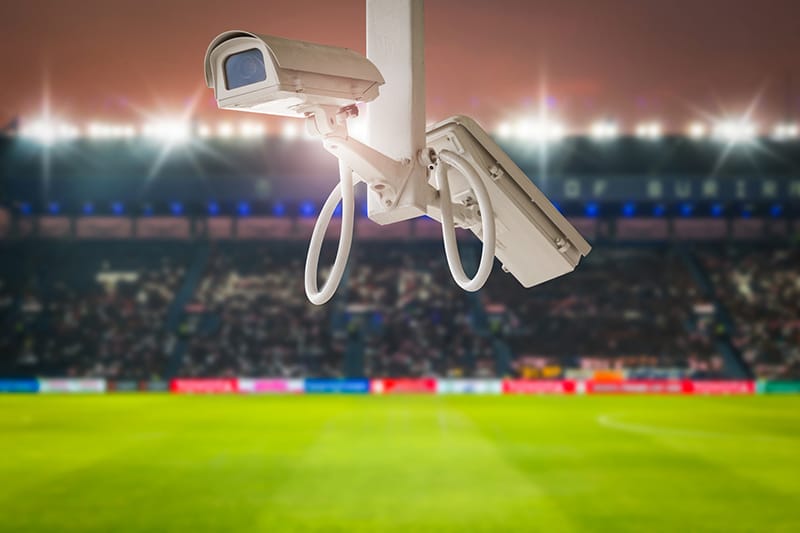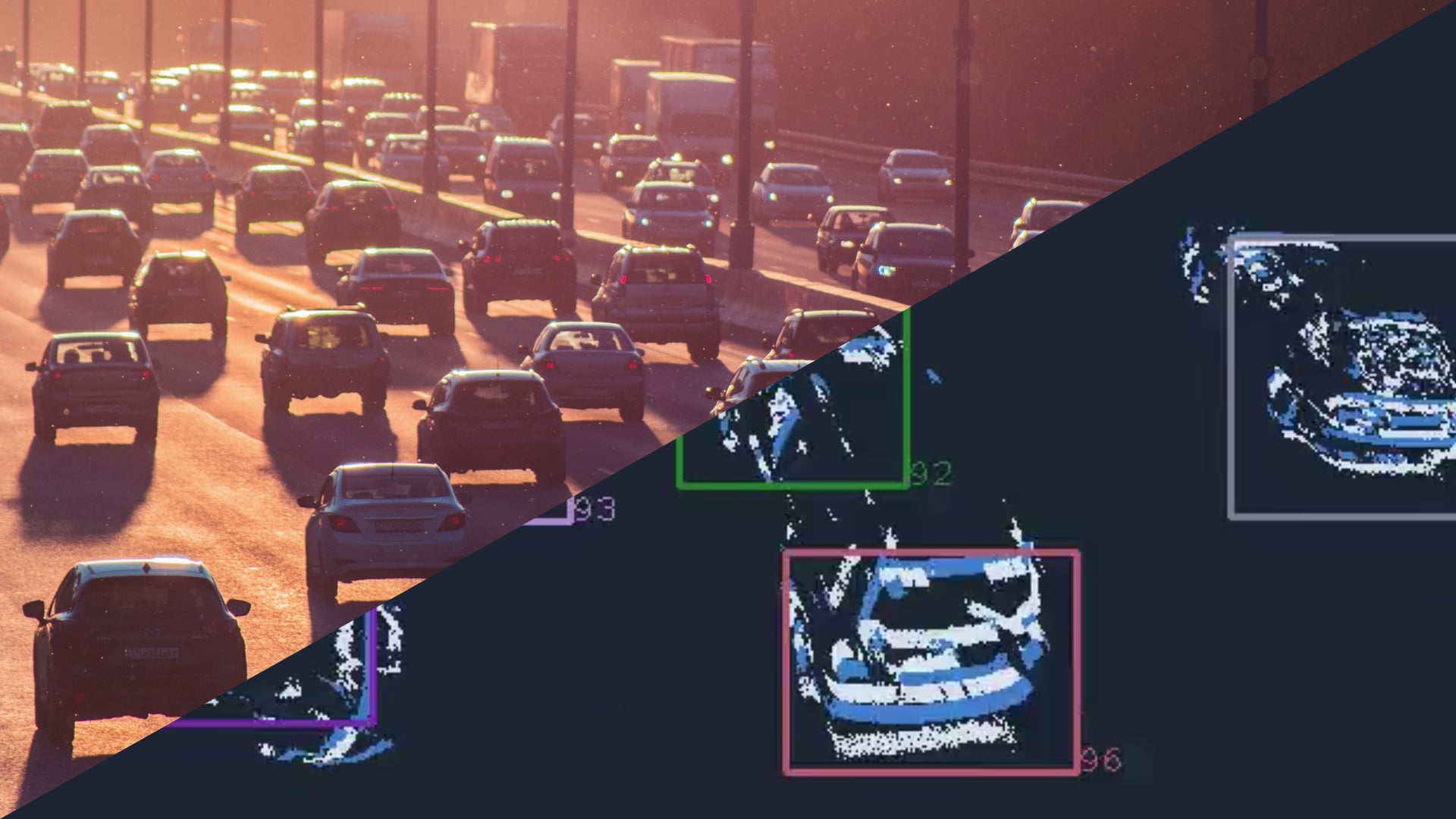Image Sensors

FRAMOS & Sony: A Partnership in Leading Imaging Excellence
Why Choose Sony Image Sensors through FRAMOS?
- Exclusive Access to Sony's Latest Innovations: Be the first to leverage the newest advancements in image sensor technology, ensuring your projects stay ahead of the curve.
- Tailored Imaging Solutions: With a focus on your unique needs, we offer customized sensor selections that perfectly align with your project specifications, enhancing performance and efficiency.
- Superior Image Quality: Benefit from sensors known for their exceptional low-light performance, high dynamic range, and crisp image capture, setting new standards in imaging excellence.
- Diverse Application Support: Whether it’s security, surveillance, machine vision, or factory automation, our sensors cater to a broad spectrum of industries, offering versatile solutions for any challenge.
- Expert Guidance and Support: Leverage over four decades of expertise with direct support from our team, ensuring seamless integration and optimal performance of your vision systems.
- Strategic Global Logistics: With our extensive warehouse network and Sony-certified distribution quality, we guarantee efficient delivery and supply chain reliability, meeting your production timelines with ease.
Overview of Image Sensors
Manufacturer
Resolution [MP]
Frame Rate [fps]
Pixel Size x [µm]
Pixel Size y [µm]
Interface
Selected Filters
| Name | Manufacturer | Resolution [MP] | Frame Rate [fps] | Pixel Size x [µm] | Pixel Size y [µm] | Interface |
|---|
Overview of FRAMOS Ecosystem of Sensor Modules and Accessories
Resolution [MP]
Chromatics
Shutter Type
| Name | Manufacturer | Resolution [MP] | Chromatics | Shutter Type | Data Interface | Interface Connector | Lens Mount |
|---|
The Evolution of Image Sensor Technology
CMOS image sensor technology has evolved dramatically over the last 5-10 years. Sensors that were limited to Rolling Shutters have advanced to incorporate Global Shutter functionality that can stop motion in its tracks. FRAMOS, the Imaging Expert, can help you decide which sensor is best suited to your application and work with you to integrate them into your systems.
New image designs have provided the ability to see things differently from detecting Short Wave IR (SWIR), to registering only the intensity changes with Event Based sensors and capturing depth information with Time of Flight (ToF) sensors.
Each sensor type is unique having both its advantages and drawbacks. Navigating all these options can be difficult. Together, the Imaging Sensor Experts from FRAMOS can make this task simple and rewarding. They can work with you on selecting the right product to accomplish your goals and get the results you need for your product.
WHITEPAPER "How to Find the Right Sensor for Every Application"
6 Criteria to Consider when Choosing the Optimal Image Sensor. From industrial automation to image processing, human-machine-interaction, or the self driving cars – selecting the right sensor depends very much on the application and the desired output.
Global Shutter Image Sensors
Stop Motion Fast and Clearly
These sensors can freeze movement with their unique electronic shutter design. All the pixels are simultaneously exposed at the same time and length. This ability ensures uniform illumination across the image, even at very short exposure times.
Sony has taken this technology one step further with its Pregius® family of sensors that offer some unique operating characteristics, performance, functions, and features that rival other sensor manufacturers.


Rolling Shutter Image Sensors
Simple, Cost-effective Image Solutions
With their simplified pixel architecture, rolling shutter sensors are cost effective alternatives for applications that are price sensitive. With great features, and on-board processing, they fit optimally into many applications.
Sony’s Starvis family of products offer the best-in-class low light performance which enable them to “see in the dark”.
These imagers come in a variety of shapes, sizes, and grades that are tailored to almost any application.
SWIR Image Sensors
Catch Images in a Different Light
There has always been a need to measure wavelengths outside of the visible spectrum. Many applications have leveraged Short Wave Infrared (SWIR) images because they produced intriguing and useful results.
The main challenge with these sensors is that they often need to be paired with a sensor that sees images in the visible range. Both sensors need to be optically aligned so that they view the same image while aligning their capture times to get the best image results from both cameras.
New technologies have made it possible to capture both visible and SWIR images with the same sensor, thereby addressing this issue.


Event-Based Image Sensors
Capture the Moments
Event-based imaging is different than conventional image captures. Rather than sending a constant and invariable flow of data from frame-to-frame, only those pixels whose values have changed are sent. This sensor configuration dramatically and efficiently reduces the volume of transmitted data and minimizes the overall required bandwidth.
An additional benefit is that the sensor captures this net data at higher speeds, so that a pixel’s rate of change can also be captured and measured more quickly.
When both these factors are combined with the right software, new information can be retrieved from the image data that would not have been possible with standard image captures. This process emulates how the human eye detects scenes and events.
Time-of-Flight Image Sensors
How Deep are Your Imaging Needs?
There are many ways that sensors are used to extract and measure depth information. One method that is gaining popularity for its simplicity of design is the Time-of-Flight (ToF) sensor technology.
This technology uses the constant speed of light to determine distances. A ToF sensor emits light externally and then captures its reflection off nearby objects. The travel time of light, from the sensor to the reflected surface of an obstruction and back, is measured to determine an object’s distance. By repeating these actions across the field of view, the camera is able to create a depth map of what is in front it.

Feel free to ask us any question you have about image sensors or request a sample today.
